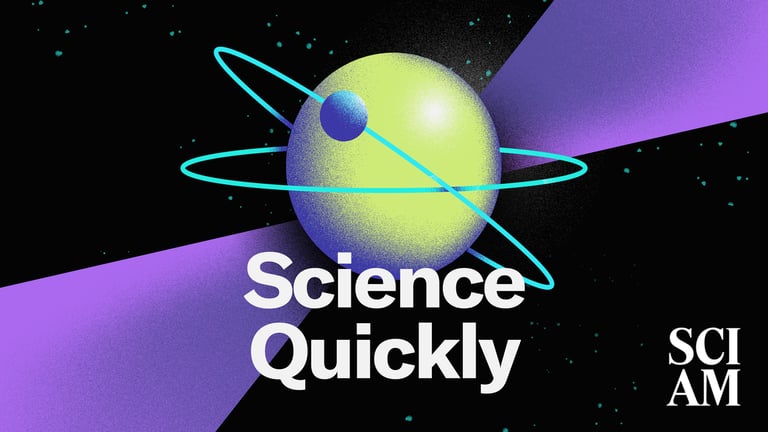SpaceX Debris Lands in Saskatchewan: Urgent Call for Updated Space Safety Regulations
August 14, 2024
Space debris poses a significant threat to satellites and space stations, as even small fragments can cause extensive damage due to their high velocities.
Currently, there are over 10,000 active satellites in orbit, alongside tens of thousands of larger debris pieces and potentially millions of smaller fragments that can inflict harm.
Samantha Lawler, an astronomy professor, discovered space debris near her home in Saskatchewan after it was found by a local farmer.
The debris was identified as parts of a SpaceX Crew Dragon trunk that re-entered Earth's atmosphere and landed earlier this year.
Fortunately, the debris landed in sparsely populated farming areas, resulting in no damage to property or injuries.
The debris recovered included large metal pieces and carbon fiber components, some as large as semitruck hoods, with a total weight of approximately 250 pounds.
Lawler expressed concern about the lack of governmental oversight and regulation concerning space debris and its implications for public safety.
She emphasized the urgent need for improved safety regulations to manage the growing number of satellites and the risks associated with potential debris re-entries.
This incident underscores the outdated nature of space debris regulations, which were established when only government entities were launching satellites.
Under existing treaties like the Outer Space Treaty, there is ambiguity regarding the responsibilities of private companies such as SpaceX when their debris lands on private property.
Lawler warned that while the individual risk from space debris is low, the cumulative global risk is significant, and future fatalities from space junk are a possibility.
Jonathan McDowell, an astrophysicist, maintains a civilian database that tracks satellite launches and re-entries, which helped confirm the origin of the debris.
Summary based on 1 source
Get a daily email with more Science stories
Source

Scientific American • Aug 14, 2024
How An Astronomer Responded when Space Junk Fell on a Nearby Farm